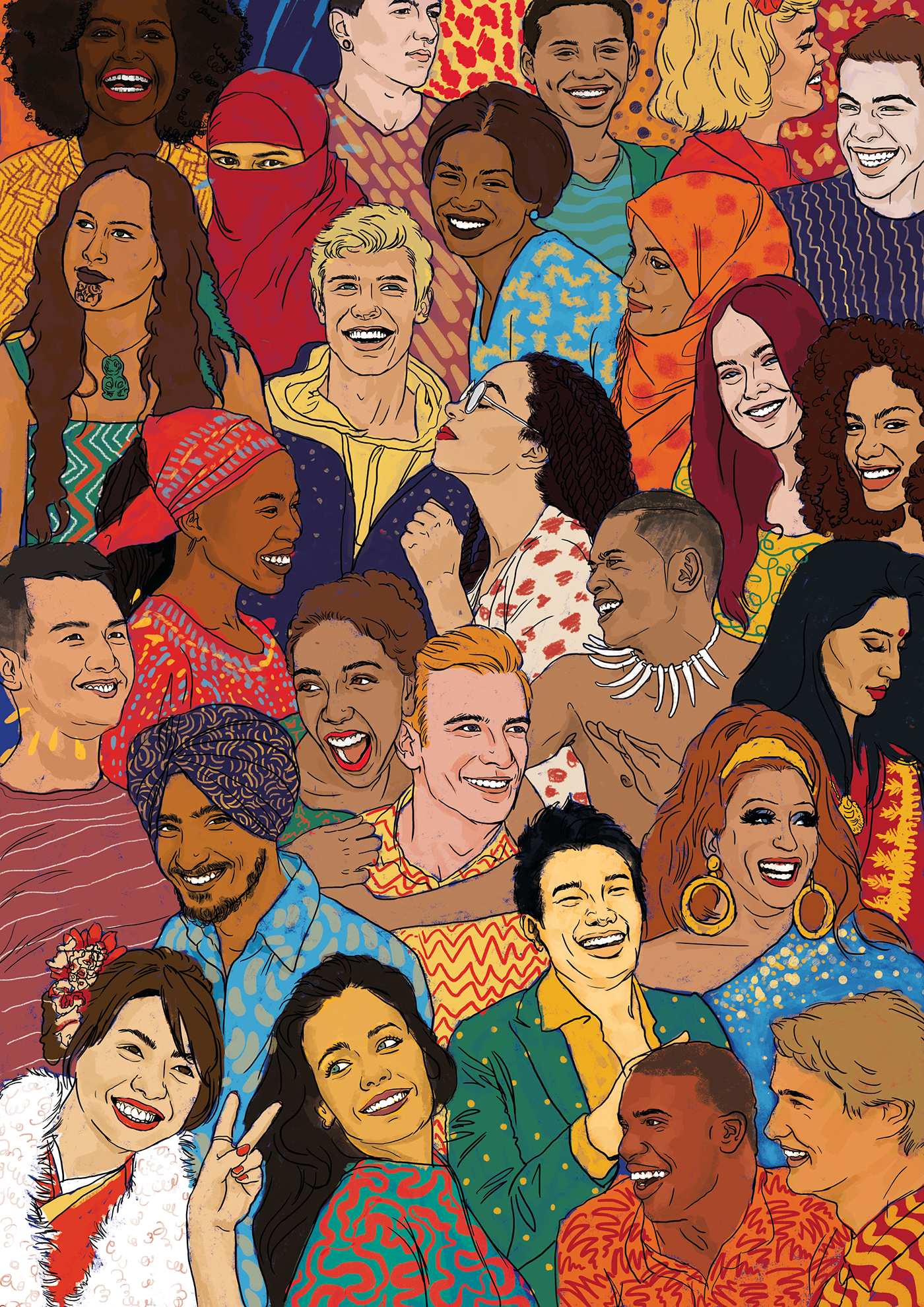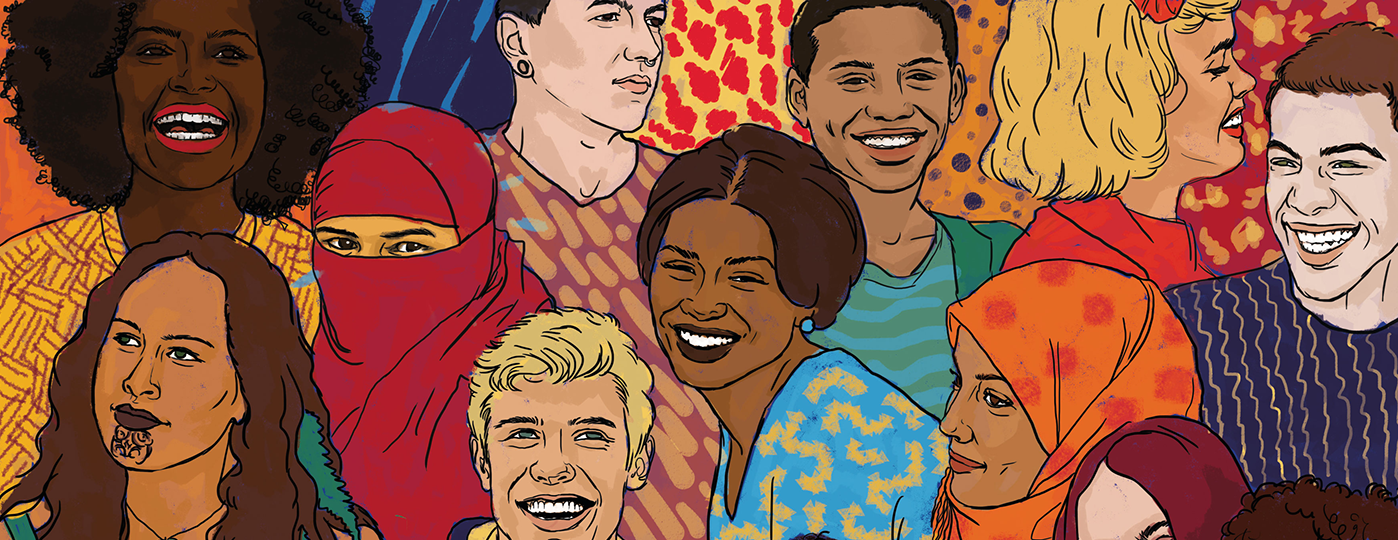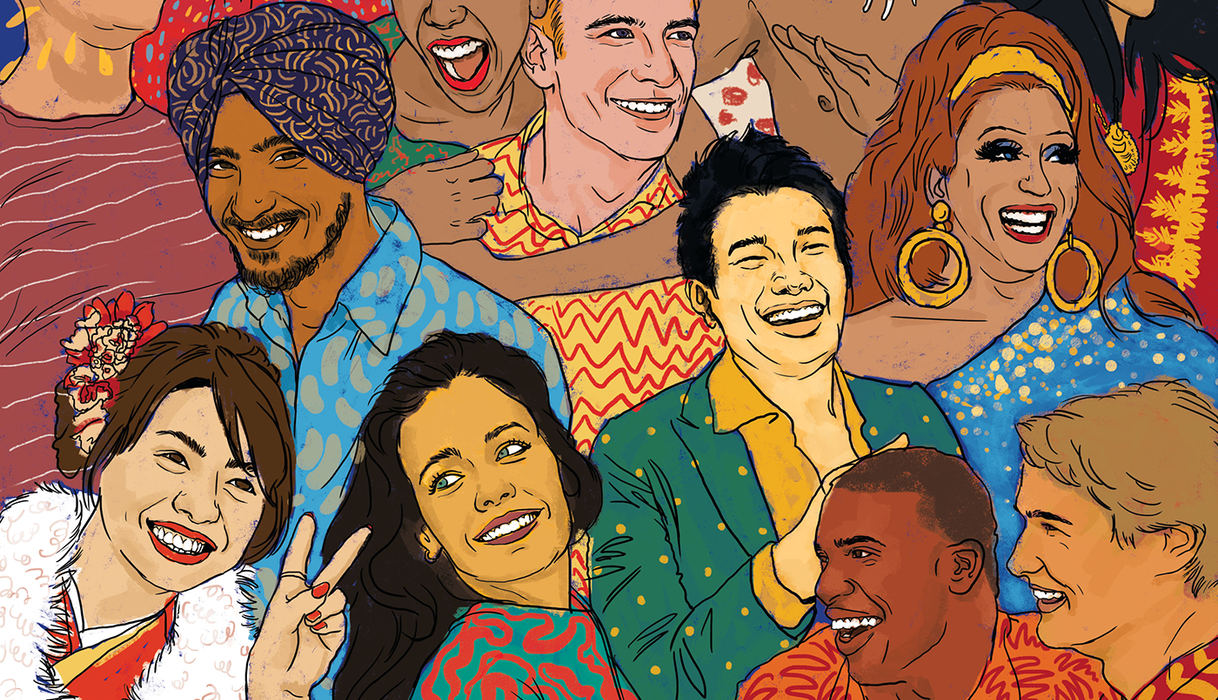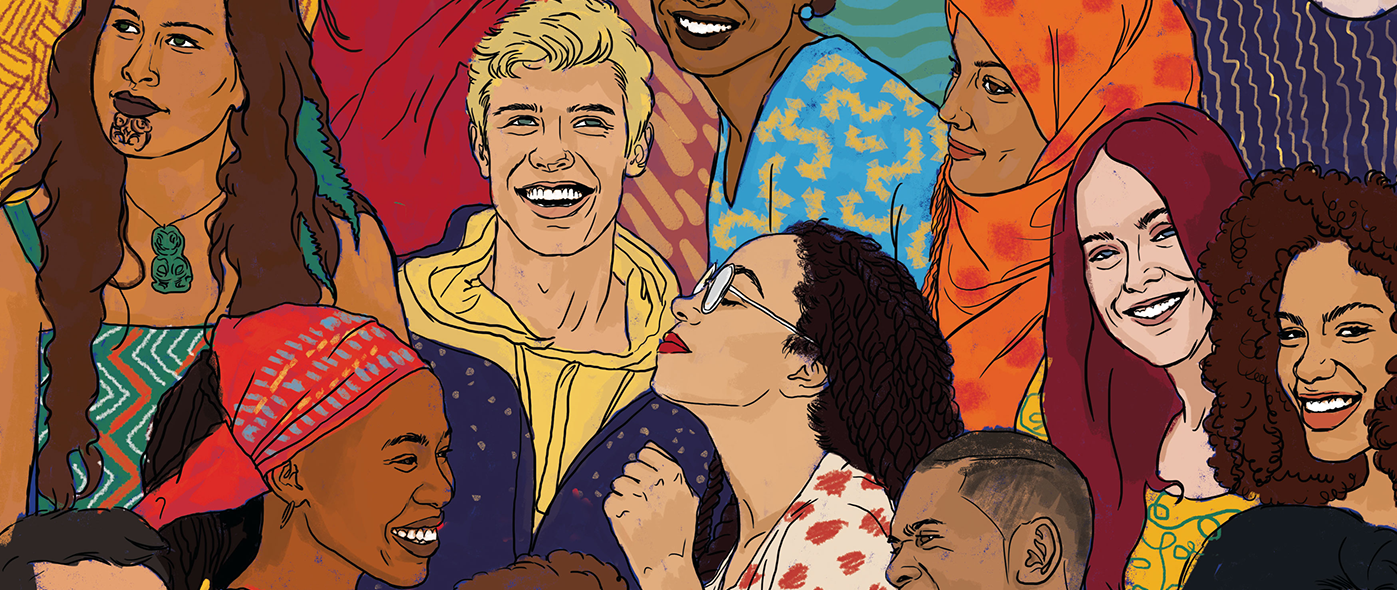1.Reality check: how diverse are we?
Even the movement Water Sensitive Rotterdam/Rotterdams WeerWoord, the future oriented movement that prepares Rotterdam for climate change is not very diverse. Rotterdam, super diverse city, with 175 nationalities. It’s not that we don’t want to become more diverse. In fact, we have been talking about it for quite a long time. But little has actually changed. So, I have set myself the goal of making this movement more diverse in the next year. I have thought about actions and decided on the below. I will keep you informed of my progress through this blog. The fact that you are reading this tells me you think that your movement or team or organisation isn’t divers enough. And you want to do something about it too. Come with me on my journey!
2.Question storm
As you have probably noticed (and as I have written before), talking and writing about diversity isn’t easy. It immediately creates a lot of discomfort. Because, what is diversity? Is this just a mix of colours? Or do you also miss sexual orientation, people with another level of education, more or less well off, people outside your bubble (in our case the bubble of climate activists), people with a different mindset. How do we approach these other people we find missing? By stating you want them to join, because they are different, you are immediately excluding them? And do we really want people with a different mindset? Without we probably go faster. And how do we deal with people that are quite different from us or have a different opinion? What if that annoys us? Working with diversity means we have to deal with differing opinions and all the discomfort that comes with that.



